Oxford’s traffic emergency needs a bold approach – Luke Marion on the congestion charge

A temporary congestion charge could be introduced to Oxford this autumn to get the city’s streets moving again. Among its main aims is speeding up bus journey times, currently suffering from queues on the main routes into the city. We asked Luke Marion, Managing Director of Oxford Bus Company, for his views.
“The congestion emergency is strangling the city”
History shows that when a system is broken, it sometimes requires radical change to break free of the status quo. As both our population and private car ownership have grown steadily since the Second World War, traffic management in Oxford has seen the need for radical change several times – from the establishment of the world’s first permanent Park & Ride site in 1973, to the pedestrianisation of Cornmarket and implementation of the bus gates in the High Street in 1999.
Today, once again Oxford finds itself at the peak of a congestion emergency that is strangling the city. It is having a detrimental impact on sectors and communities including business, education, tourism, the care sector and leisure.
If nothing is done to seek to address the problem and achieve real behaviour change in how we all use the road network, then it will continue to gradually get worse and remain broken. That is why I welcome Oxfordshire County Council’s public consultation on proposals to help alleviate congestion and applaud its bold approach.
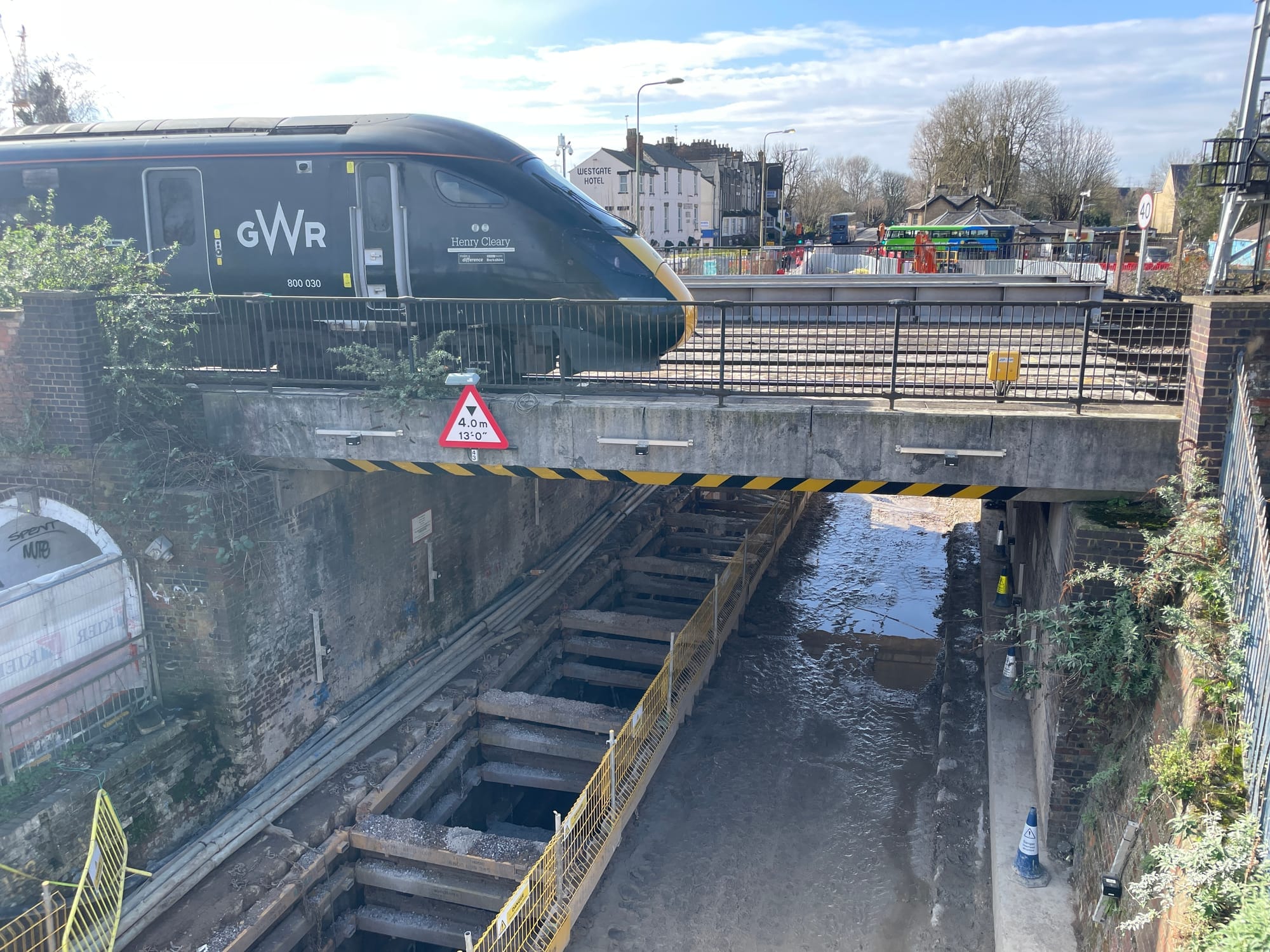
The Botley Road Problem
When Network Rail’s improvement work at Oxford rail station started in April 2023, it was initially due to be completed via two six-month periods of road closure affecting the Botley Road.
But the work remains incomplete, and the road is now expected to remain closed until August 2026. The impact of the road closure has been challenging for local residents, and devastating for many local businesses. As a bus operator we’ve suffered too, through reductions in our patronage on Botley Road, as well as substantial increases in journey times on other nearby roads – most notably Abingdon Road – as car traffic has re-routed to avoid the closure.
Oxford’s congestion emergency
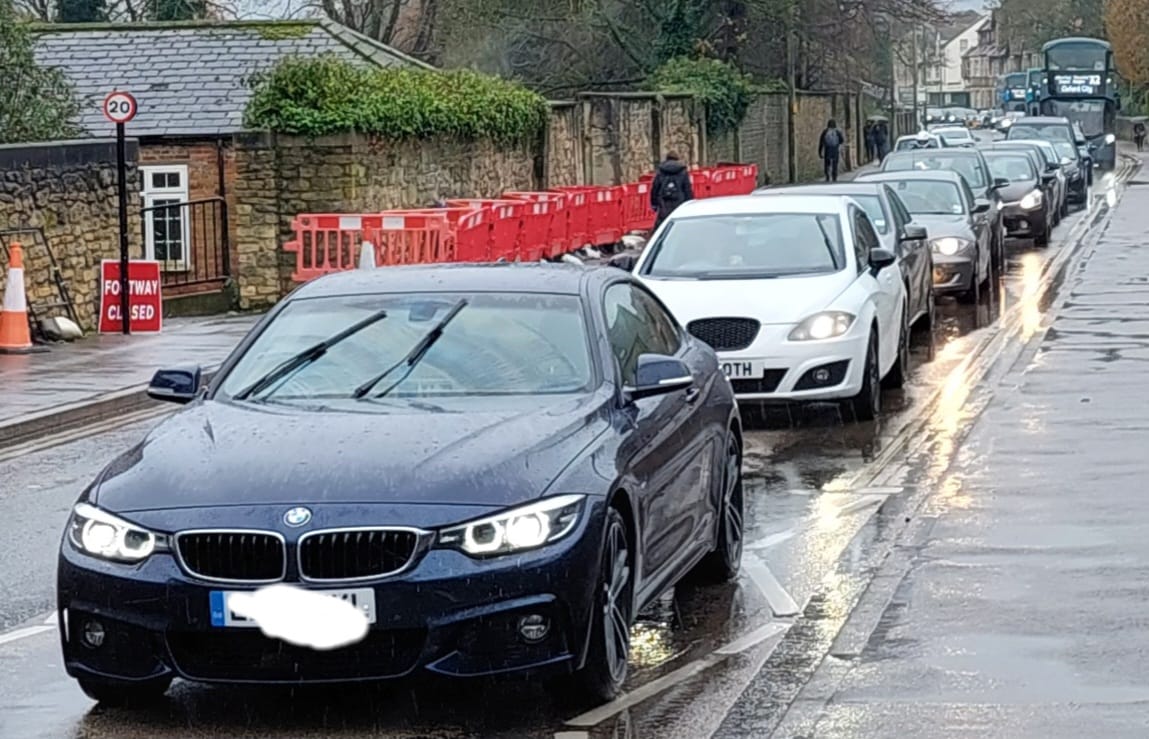
Data confirms congestion is at emergency levels across Oxford. It is holding the city back, with visitor numbers trending significantly down both on last year, and on the pre-pandemic period.
Journey times on Abingdon Road have increased by an average of 17% since the Botley Road was closed. Our services between Blackbird Leys and Oxford City Centre – Oxford’s busiest bus corridor - have slowed down by 33% compared to 2013 levels.
Our service 15 from Wood Farm to the City has seen its journey time worsen by an average of 15% compared to 2019, and is now scheduled to take 46 minutes at peak time, compared to 24 minutes off-peak. This means that services like this operate at a greatly reduced frequency, at exactly the time that most people want to travel - which is counter-intuitive in the extreme.As a result of these issues, Oxford is in a vicious cycle of people driving private cars because public transport is too slow, which adds more vehicles onto the roads and in turn worsens the situation. We therefore need radical change.
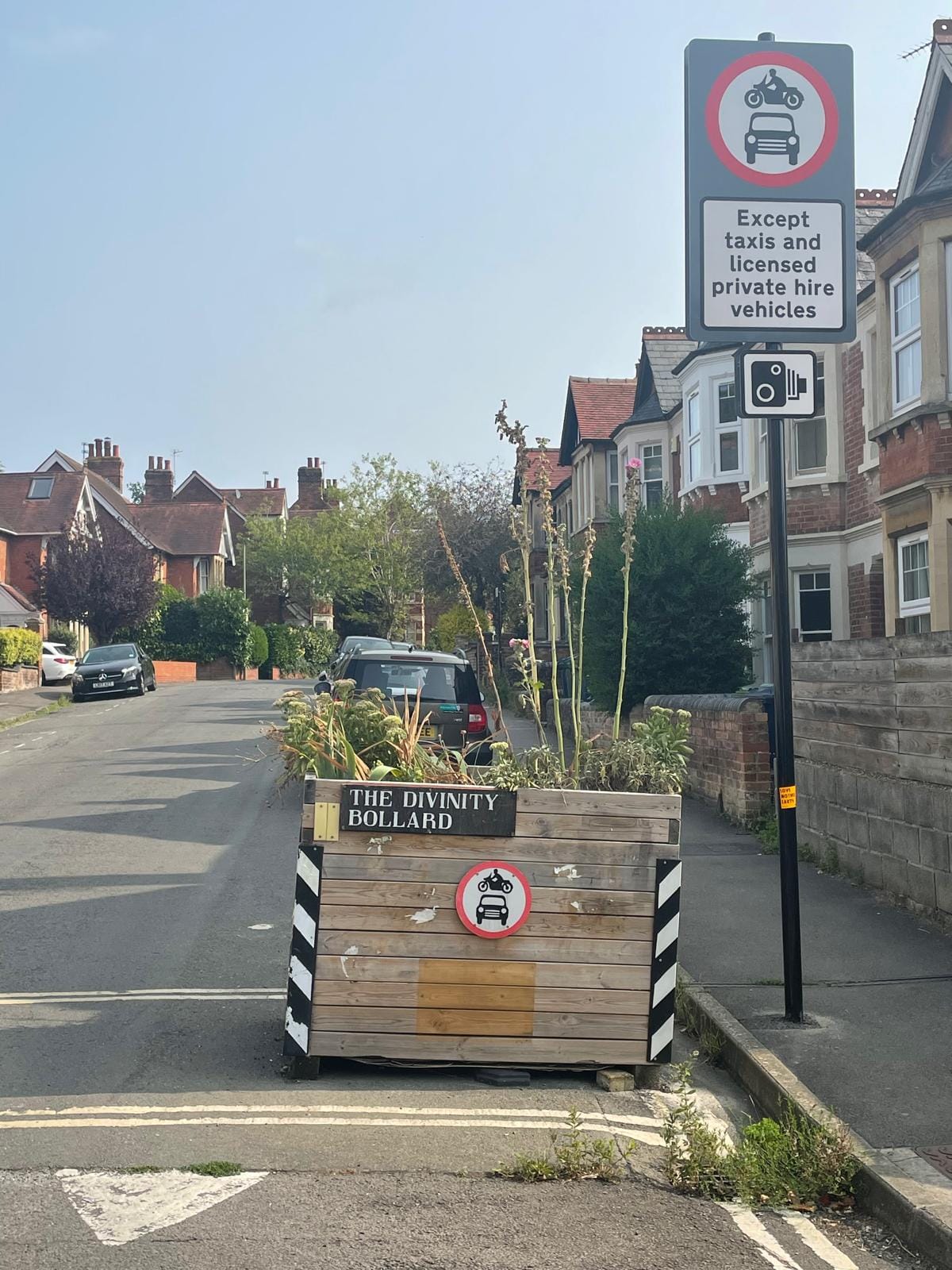
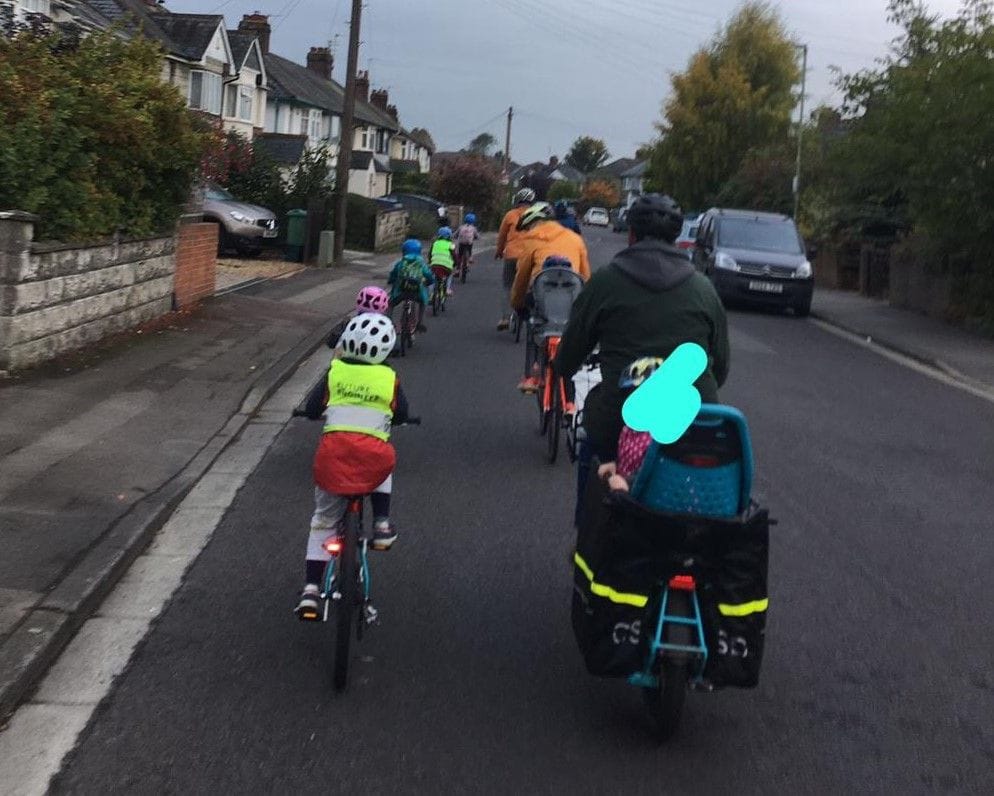
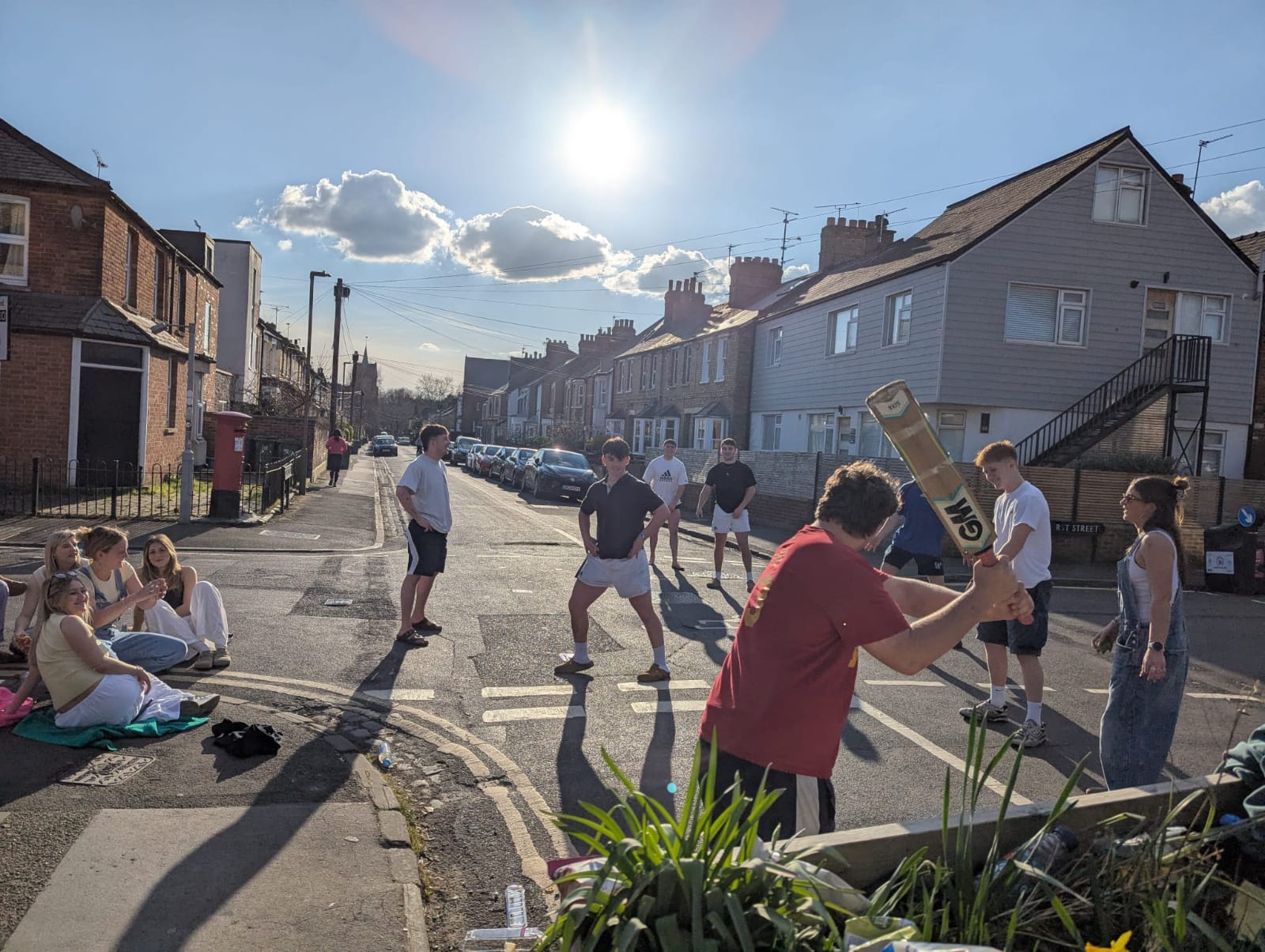
Divinity Road modal filter; primary school children on the "Bike Bus" from Church Cowley to Larkrise; people playing by a modal filter in East Oxford.
Low Traffic Neighbourhoods in context
The current County Council have not been afraid of implementing major change to our road network. In 2021 and 2022 they brought forward the Low Traffic Neighbourhood (LTN) schemes to improve walking and cycling across Cowley and East Oxford, with these intended to be followed quickly by complementary measures to support public transport in the form of six proposed traffic filters in the city.
It was rightly decided to postpone launching the traffic filters until Botley Road re-opened, as elements of the traffic filters scheme were not compatible with a long term closure of Botley Road.
However, while the LTNs have delivered great benefit for walking and cycling in East Oxford, they have also slowed bus journey times further, as they funnel a lot of traffic from side roads onto the main bus routes converging at the Plain Roundabout. The roundabout cannot cope with the additional traffic volumes, meaning the bus routes then clog up. We now have traffic jams during peak hours that previously did not exist.
With congestion continuing to worsen, we have joined other groups such as the care sector in calling on Oxfordshire County Council to consider a Plan B to help address the congestion emergency while we wait until the traffic filters scheme can be implemented as originally intended.
The County Council has responded and proposed a temporary congestion charge, designed to reduce congestion while Botley Road is closed and the traffic filters trial can’t be started. The proposal is to introduce a £5 charge on traffic passing through the locations of the planned traffic filters. We believe if implemented, this will help reduce traffic, make bus journey times faster and more reliable, enable the delivery of new and improved bus routes, and reduce pollution.
Mythbusting
There has been some confusion about what this means for road users. To be clear, it would only apply to private cars. Furthermore, permits would be available for certain groups, including community health and care workers, carers, blue badge holders, taxis and mobile traders.
A “central permit zone” would be created for all streets in the city centre that cannot be accessed by car without driving past a congestion charge location. Residents in this area would be able to use their cars for free with a permit. Additionally, as with the planned traffic filters trial, residents across the wider Oxford City permit area would be eligible for 100 “free day” passes; and residents of Oxfordshire from outside the city would have the opportunity to apply for a permit for 25 “free day” passes.
There have been claims the proposals are using motorists as a cash cow. With a congestion charge scheme, all surpluses generated by the scheme are “ring-fenced” and can only be used to invest into local transport initiatives, including improving public transport. Should the proposal go ahead, we have some exciting plans on how we can further improve bus services quickly – including looking at some radical ideas of our own, such as potentially making Park & Ride buses free.
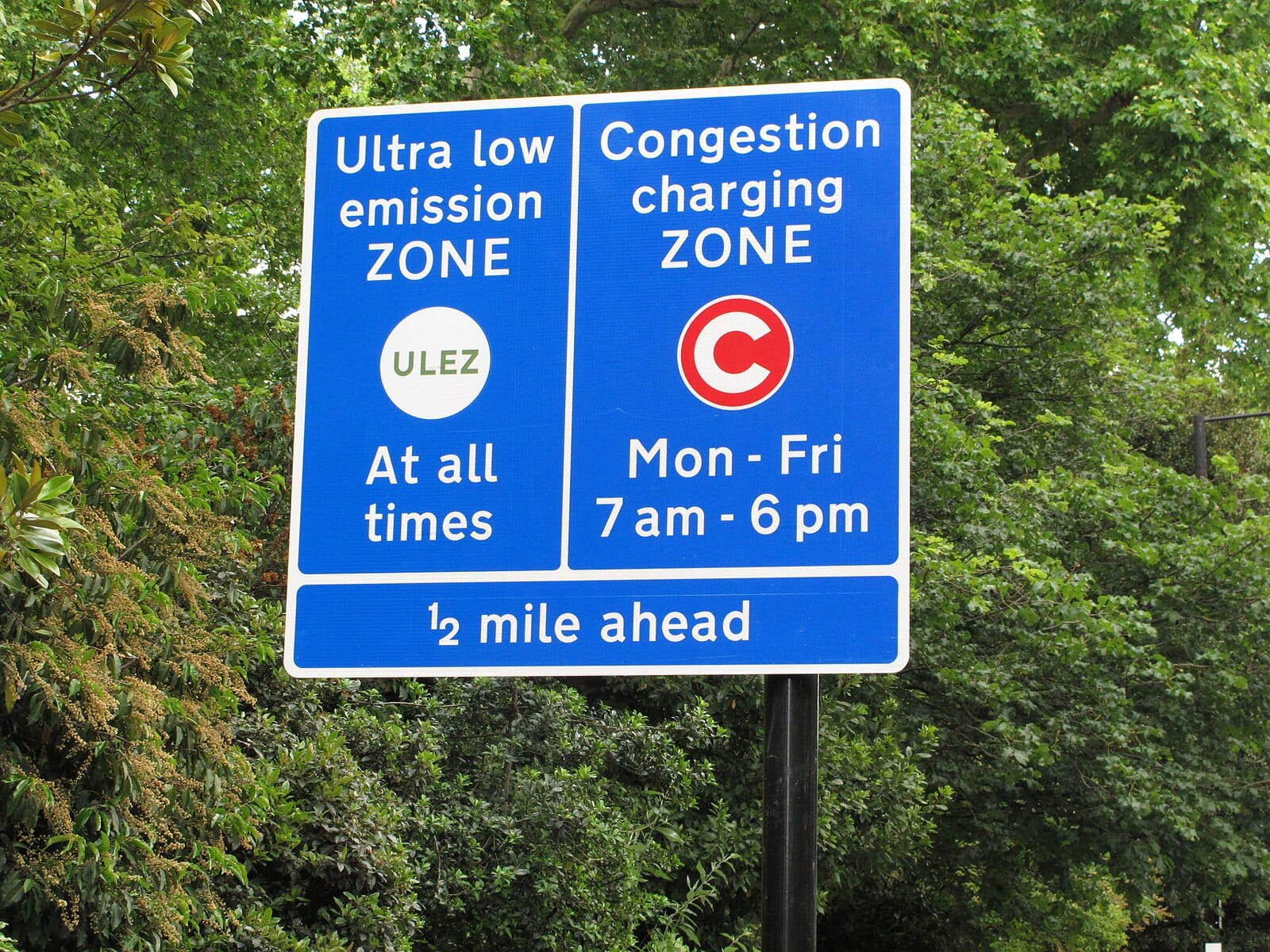
Learnings from London
I appreciate the proposal is controversial. However, London’s experience shows congestion charging works.
When London introduced a £5 congestion charge in 2003 it was done because London’s roads, like Oxford’s are now, were in crisis. Politicians, businesses and the public all agreed that traffic was severely damaging central London’s economy, and that something brave was needed to tackle it.
Data shows the charge led to a permanent and sustained reduction in private car traffic in London, despite a continued growth in the city’s population. This has enabled road space to be to be reallocated to more sustainable modes of transport. The scheme is now widely accepted by the public, and today the charge has risen to £17.50.
Moreover, London demonstrated that the most effective congestion management schemes are part of a wider transport strategy, supported by measures to improve the public transport service offering, and to encourage people to use alternative modes of travel.
This is what Oxford originally intended, but circumstances conspired to delay the strategy being introduced in full. The congestion charge proposals therefore provide an interim solution at a critical stage.
We regularly adjust services where possible to mitigate the challenge of maintaining journey times on some parts of the network and in some areas, we’ve successfully introduced faster services – for example the recent introduction of our limited-stop 500 service to Oxford Business Park and BMW. But in general, when congestion increases it means that to maintain or improve services we need to add more buses to the timetables, which with every bus costing some £250,000 per year to operate, is not commercially viable or sustainable.
For example, the changes we recently made to increase the frequency of our 3A service to Littlemore and Sandford cost two more buses to implement than we had anticipated when we first started planning the improvements.
Without change, we will need to add further resources in the near future simply to maintain existing timetables, while at the same time further extending scheduled journey times on those timetables, making them less appealing to the public. It is the equivalent of operating in quicksand.
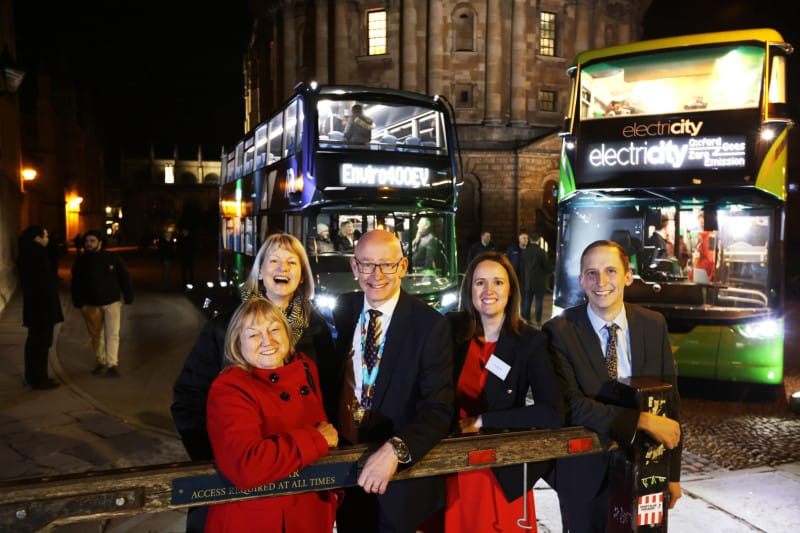
The future of buses in Oxford
We have the fleet, people, resource, vision and ability to deliver a world-class bus service in Oxford and with the right policies it can be achieved.
Oxford Bus Company recently invested more than £30m to deliver a fleet of over 100 brand new electric vehicles, in partnership with Oxfordshire County Council and the Department for Transport. Stagecoach has also made a similar substantial investment in its fleet.
Since the pandemic, local bus networks have benefitted from additional central Government funding to support our local Bus Service Improvement Plans. In Oxfordshire this has seen the start of several new routes in rural parts of the county; the introduction of upgraded shelters and improved Real Time Information screens at many bus stops; the roll-out of modern traffic signal technology at many busy junctions in Oxfordshire to give buses priority; and the introduction of the popular new “My Bus Oxfordshire” multi-operator ticket range. We have also seen positive results from the Government’s national fare cap scheme, with this helping to encourage more people to use buses and have been continuing to work with the County Council, and with local businesses to grow the network to provide increased connectivity and more frequent services in many areas.
A recent independent report confirmed the investment in electric buses has vastly improved air quality. But overall, Oxford’s air is not benefiting as much as it could do, due to a steady increase in the volume of private vehicles on the roads.
To be clear, we’re not calling for an end to using private vehicles. The key is ensuring that sustainable modes of travel are attractive alternatives for as many journeys as possible, so cars can be used less frequently. Bus services are not where we want them to be currently, and we know we can enhance services with a reduction in congestion. To make bus travel more appealing we need bus journeys to be faster and more reliable than is currently possible, and a less congested road network means less need for us to build in “buffer time” in our timetables to deal with the disruptive impacts of congestion.
As a community we now have a massive opportunity to really do something about congestion in Oxford. The worsening congestion is one of the biggest talking points in Oxford as it impacts so many people. The proposals have rightly and understandably sparked a big debate, with contrasting views on proposals, but I’ve not seen a strong viable alternative solution put forward so far.
Oxfordshire County Council has reacted to the congestion emergency with a plan that can deliver the positive change Oxford needs to remain an attractive place to live, work and visit. The proposal is a temporary measure and is therefore an opportunity to see if it works. The city needs change and I’d encourage people to engage with the consultation and support the plans to improve Oxford.
Further reading
- Clarion report on the Oxford congestion charge announcement
- Our summary of reaction to the congestion charge announcement
- Oxfordshire County Council congestion charge online consultation
